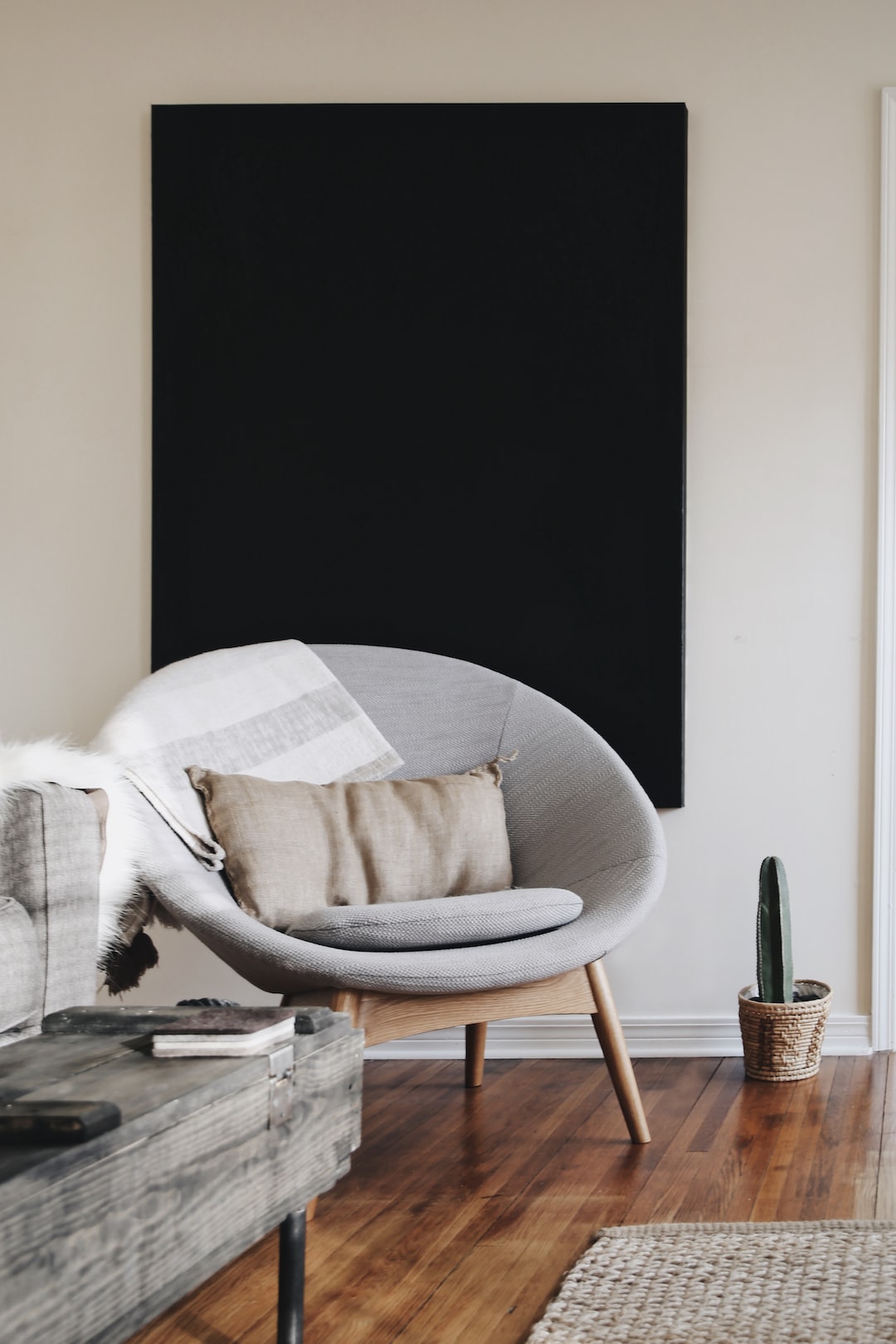When it comes to buying a home, one of the most important decisions you’ll have to make is whether to go for a new construction or an existing home. Both options have their pros and cons, and making the right choice depends on several factors such as your budget, preferences, and timing. In this blog post, we will explore the advantages and disadvantages of new constructions and existing homes to help you make an informed decision.
New Construction:
One of the main advantages of new construction homes is that they offer a clean canvas for customization. You can choose everything from the floor plan and layout to the finishes and fixtures, ensuring that the home is tailored to your exact preferences and lifestyle. This level of personalization is often not possible in existing homes, where you might have to compromise on certain features.
Another advantage of new construction is that everything is brand new, meaning you won’t have to worry about immediate repair or maintenance issues. Modern construction techniques and materials also tend to be more energy-efficient, which can result in lower utility bills and a reduced carbon footprint. Additionally, new homes often come with warranties, providing peace of mind knowing that any potential issues will be covered by the builder.
New construction homes are typically built with the latest technology and design trends in mind. Open floor plans, high ceilings, and smart home features are often incorporated to appeal to modern buyers. These features can enhance the overall livability and functionality of the space, making it more enjoyable for everyday living.
However, one downside of new construction is that it can be costlier than existing homes. Builders often charge a premium for brand new homes, especially in desirable neighborhoods or locations with high demand. Additionally, customization options like premium finishes or upgrades may come with additional costs, which can significantly impact your budget.
Existing Homes:
One of the main advantages of existing homes is that they are generally more affordable than new construction. Pricing for existing homes tends to be more flexible, and you might be able to negotiate a better deal compared to new builds. This can be particularly beneficial if you’re working with a limited budget or looking to get more value for your money.
Existing homes also offer a sense of established community and character. Older neighborhoods often have mature trees, unique architecture, and a charm that can’t be replicated in new construction. If you value history and a sense of place, an existing home might be the perfect fit for you.
When buying an existing home, you can also benefit from established infrastructure and amenities. Schools, parks, shopping centers, and public transportation are often already in place, making it more convenient for daily living. It can also be easier to find an existing home in established neighborhoods close to your workplace or with a short commute.
However, existing homes can have their fair share of disadvantages as well. Maintenance and repair costs can be higher, especially if the home is older or hasn’t been properly maintained. You might also have to compromise on certain features or layout preferences as existing homes can be more difficult to customize compared to new builds.
In conclusion, whether you decide on a new construction or an existing home depends on your personal preferences, budget, and the specific market conditions in your area. Consider factors such as customization options, maintenance costs, and the overall value you are getting for your investment. Consulting with a real estate agent or a home builder can also provide valuable insights to help you make the right choice. Remember, your home is a long-term investment, and selecting the right option can greatly impact your future satisfaction and overall happiness in your new space.
